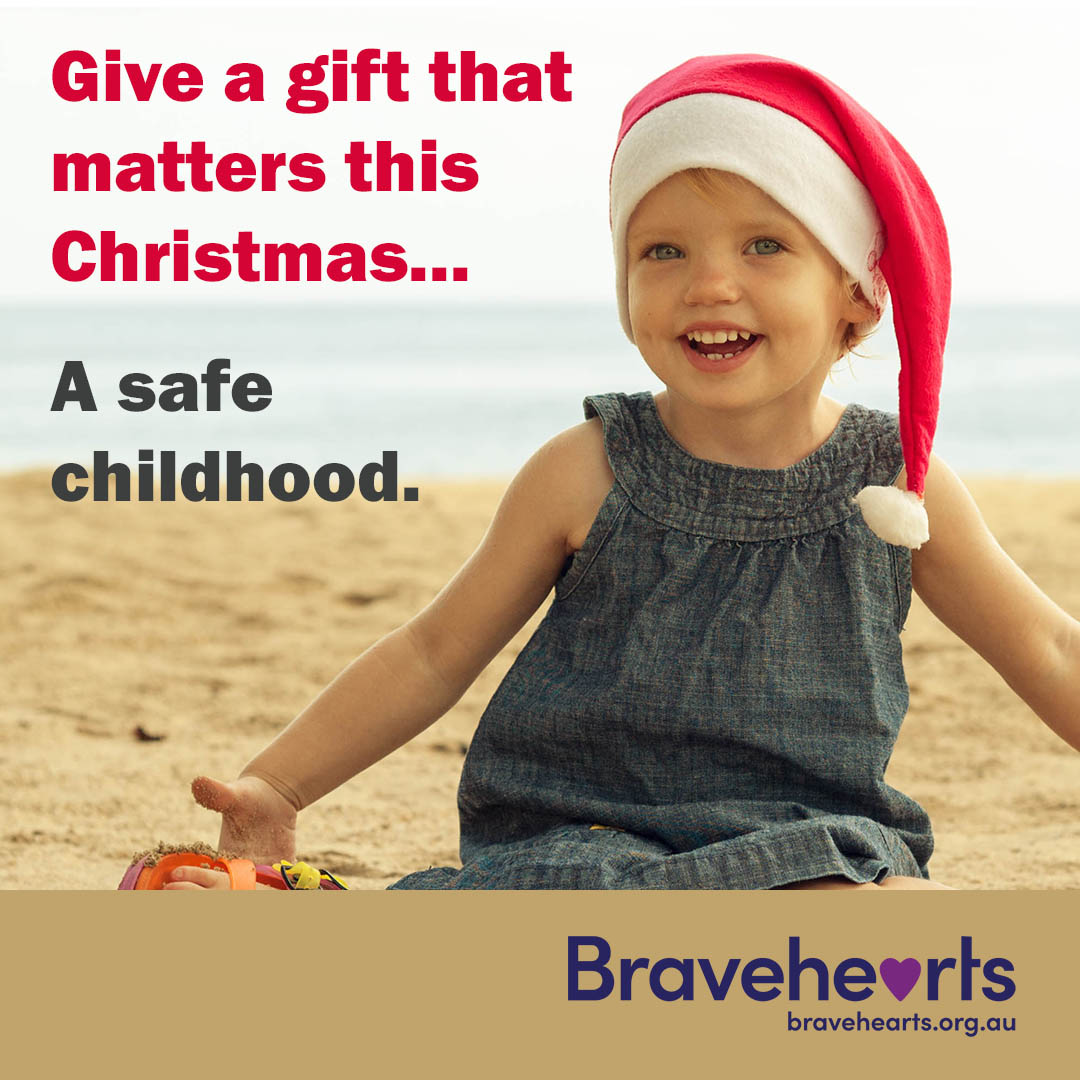Category
Helpful Links
- Home > Latest News > What is Grooming?
Grooming describes the ‘preparation’ phase of child sexual assault and exploitation, undertaken by the perpetrator to gain the trust of the child or young person, and to establish secrecy and silence.
It is not always only the child or young person who is groomed. Parents and carers or other significant adults (including organisations) may also be groomed by someone intending to harm a child.
Grooming may cause a child to;
- feel as though they have an important and special relationship with the person who is harming them;
- experience confusion over the nature of their relationship;
- internalise the abuse as their fault, feeling responsibility for any harm experienced and fearing they will be blamed, punished or not believed;
- fear that they will be separated from their family or home if they speak out; and/or
- believe that disclosure will cause harm to someone or something they love and care for, such as family members or pets.
Grooming includes a range of behaviours and/or verbal or written communications with the child or young person (or significant adults). The intention of this communication is to make sexual contact with the child or young person, whilst maintaining the child or young person’s silence.
related content: Download our free parent’s guide to personal safety
Grooming may take a number of forms:
- Building the child’s trust: Using presents, special attention, treats, spending time together and playing games with non-sexual physical contact.
- Favouritism: The offender treats the child as an adult; treating them differently and making them feel like a unique friend, making the child feel more special than others.
- Gaining the trust of the child’s carer/s: Careful to be ‘seen’ as a close, caring and reliable relative or friend of the family.
- Isolation (from family, friends): To ensure secrecy and lessen chances of disclosure or belief.
- Intimidation and secrecy: The offender may use coercion e.g. threatening looks and body language, glares, stalking and rules of secrecy.
- ‘Testing the waters’ or boundary violation: ‘Innocent’ touching, gradually developing into ‘accidental’ sexual contact.
- Shaping the child’s perceptions: The child is often confused as to what is acceptable and can take on self-blame for the situation, as his/her viewpoint can become totally distorted.
It can be challenging to establish if a child is being groomed until after a sexual assault has occurred, as a perpetrator grooming a child often displays similarities of genuine caring behaviour.
If you have any concerns and wish to talk with one of our trained staff, contact the Bravehearts Information and Support Line on 1800 272 831.
 BACK
BACK


